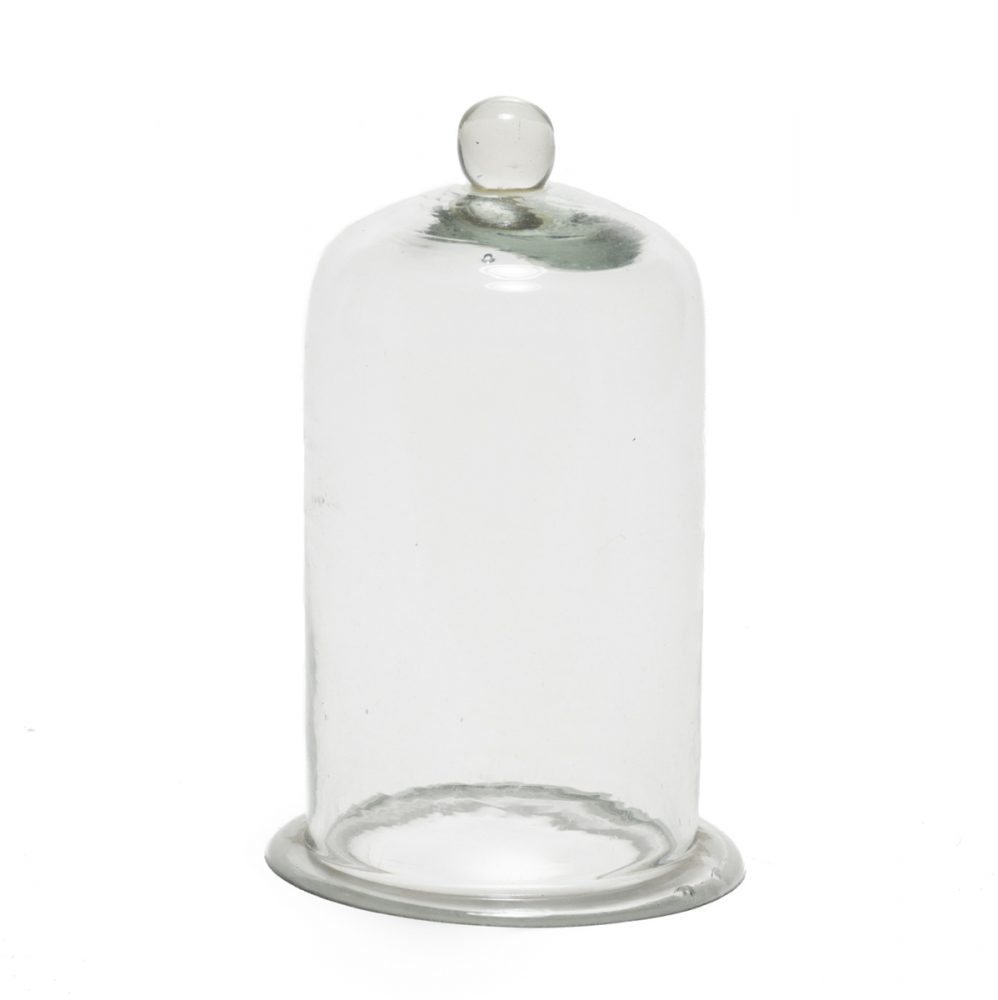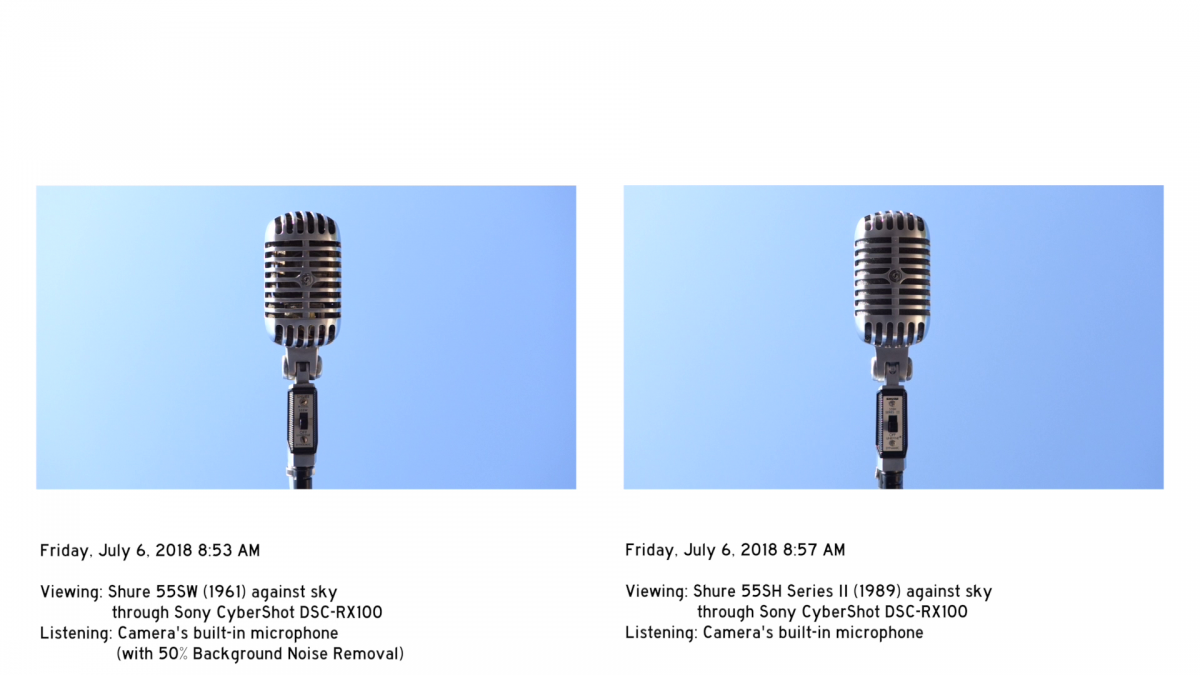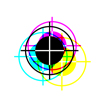DIFFUSION:
Phonography & Fiction
2018–2022

this music pulls into the moment
against the inertia of the slow cancellation of the future
toward a horizon of no gravity
where it is not all sonic
where fixity is not stability
and where ambiguity is an accuracy signal
mesh
“[When it comes to interrelationships between beings] any kind of centrism doesn’t work anymore because what we’re dealing with is a system that has no center or edge. There’s no center to ‘the life’ thing. I call it ‘the mesh.’ The idea of an intricately-knotted surface that has no center or edge. The biosphere is enabled by the sun which is enabled by the solar system which is enabled by the galaxy. There’s no edge.” (Morton 2012)
a retrospective projection
Coppice’s glossary of study in Bellows & Electronics, and in Physical Modeling & Modular Syntheses inspect obsolete musical instruments and devices through processes of phonofixation (audio recording through the use of microphones) and phonogeneration (audio production through the use of synthesizers) – documentation and representation, respectively. Evolving out of these experiments, its third study in Phonography & Fiction turns toward the devices of capture and reproduction, as they observe and transfigure architectural and temporal scales. (What is meant to be captured, and what results?)
documentation
“Events taken out of their linear contexts, transcending history, frozen and transcoded into happenings to be used as a sort of memory of history.” (Flusser 1990)
on-site documentary experiments
Reporting ‘the long distance realities of documentation’ are two documentary experiments: Chrome/Boundaries: Viewing Microphones and Listening Cameras (2018) a former 17th-century Jesuit Monastery in Ano Syros, Greece, and Stewardship to Obsolescence and Preservation: Listening to Specimen Music through Yerkes Observatory’s Refractor and Reflector Telescopes (2021) at the Yerkes Observatory in Williams Bay, Wisconsin.
viewing microphones and listening cameras
The images of Chrome/Boundaries (2018) assimilate sight and hearing and the mechanics of audiovisual/information frames – relations at times incongruous. Things we see but do not hear, things we hear but do not see-through. It includes participations and contributions from Mitchell Akiyama, Renato Grieco, MP Hopkins, Eva Matsigkou, and Savvas Metaxas; and is carried by the voices of Phill Niblock and David Toop speaking into an “(un)matched stereo pair” of classic Shure microphones from 1961 and 1989.
stereo image / (un)matched pair

listening through telescopes
The script for audio paper Stewardship to Obsolescence and Preservation (2021) is a “manufactured frame” out of mechanical rooms, through which point to coordinates where music may be found.
audio paper
An academic paper presented in the form of an audio production. See Seismograf.
narrator(s)
A reflection of first hand experience through third person (transferred inner speech).
Stewardship to Obsolescence and Preservation (2021) is narrated by Mark Booth and Jenny Vallier.
sound images and sonic frames (and lackthereof)
“There is actually no frame for sounds in the sense that word has for the visual register, namely, a container with borders that delimit at the same time that they structure what they enclose.” (Chion 2016, p. 27)
“For my part, I would say that there is such a thing as a sound-image. It is just that this image does not correspond to the same definition for visible images […] One of the likely reasons that we hesitate to consider fixed sound an image is the absence of an encompassing and delimiting frame that would make it exist outside of the world of other sounds. This lack of a sonic frame–made even harder by the fact that some sounds transmitted through loudspeakers come at us from several directions at the same time–seem to make it impossible isolate the sound image from the real world. And yet, something new has made its entry with modern technologies, and whatever the difficulties in naming and defining it, we cannot say that things are “like they were before.” (Chion 2016, p. 149)
volume
The alternative to a frame.
volumetric image
The cover image for Stewardship to Obsolescence and Preservation (2021) includes volumetric images of the Yerkes Observatory’s mechanical rooms in motion. Volumetric images are images looked at “sideways” (based on work by Kevin L. Ferguson).
scale / long distance
The giant image is trying to represent the giant space that is trying to represent the giant celestial space.
The long distance realities of documentation scale down boundless dimensions to its quantified image, and scale up of music’s course through time and memory.
The passing of time.
vector
(Time consuming is looking back to put forward) A Space Engine.
conjunction (☌)
Concurrence of bodies or link between components.
mise en abyme
Generations in alignment.
stereo
Obsolete coordinates for music.
A reduction to three dimensions (too solid).
obsolescence
“Obsolescence evokes art and deletion means forgiveness. It is not, perhaps, in the end, such an unhandsome part of our condition, this evanescence and lubricity of objects.” (Durham Peters 2015)
room tones
When recording, room tones may be handled separately as supervening backdrops, while in actuality they are presence inherent to places from which they are inseparable.
Actual room tones fill aerial frames. They are real, given, “built-in.” Recorded room tones may be superimposed. One may go behind them.
containers
Rooms contain tones that contain rooms. Cavities contain resonances that contain cavities.
Audio recordings contain sounds inasmuch as they don’t when then listener doesn’t contain them.
in vitro
A condition through which see and through which listen.
bell jar
Objects of preservation, decoration, and vacuum. Analogous to sound: they are “bells” not meant to be played, incidental resonant filters.
Objects that hold and display symbolic valuables, mute taxidermy, and covered clocks to prevent the settling of dust on time.
Vacuums that represent an inversion of studies in air and air reservoirs. The word ‘vacuum’ stems from the Latin vacuus (“vacant” or “void”).
telescopes
Instruments of light-gathering power.
rooms that are machines
Observatories, mills, clocktowers, hangars, garages, among many others obsolete and in the making.
coordinates
42.5704° N, 88.5563° W
light pollution
A sounding alarm for the unintended interference against health and sleep patterns, nocturnal plants and animals, the perceived brightness of stars and the memory of night.
equation
A formal statement of the equality or equivalence of expressions.
assimilation
A circular process.
crosstalk
Observatory sound and sonic observation.
chronology and remains
“Chronology is an antiquated fetish.” (Couroux)
“All that is susceptible to fetishism remains.” (Durham Peters)
chronography
“In the majority of cases, the recording of sounds respects more or less their original duration. It follows that phonography is inevitably chronography, which is not necessarily the case with cinematography, that is, the recording of visual movements.” (Chion 2016, p. 137)
sound fidelity and definition
Temporary contracts, as “[a] sound recording’s definition, in technical terms, is its acuity and precision in rendering of detail,” while fidelity requires “making a continuous close comparison between the original and its reproduction. […] it happens that today definition is (mistakenly) taken as proof of fidelity, when it’s not being confused with fidelity itself.” (Chion 1994, p. 98)
spectatorship
A fluid standpoint (decentralized), perhaps non-isolable (like listening.)
decoupling
An attempt at harmonization. Detachment from timestamps.
correspondence
anachronism
Something that clocks don’t agree.
yellowing
A sign of time.
checkerboard
A transparent background.
conclusion
Precedent for a full circle.
draw agreement
– I drift away listening to it.
– A constant feeling like it’s going to stop, resolute, or turn, run out.
– That sense that it’s getting a little too slow and then its speeds up to catch up with itself and it overshoots.
– You know that something is ending but it’s not winding down. An interlocked sensation of something concluding and growing simultaneously, staggering while also becoming more present.
– Iterations, arrivals and plateaus. Is that still what we’re doing?
– Are they three features that are constant?
– Are we describing our method or composition in general? We don’t have a lot of wind-up. We have arrivals but we don’t have departures.
– And is it iteration and not repetition? I like all these words, but…
– In relation specifically to what we just listened to?
– And what we have listened to, and the images. They describe things and guide the listening in different ways. But the problem is that this list keeps growing! I like Houses and thought about in relation to some of your writing which I consult, I have it as a sticky… astrological houses… these words being placed in time across years, and each side as a house, long periods… Houses carries time.
– Phases and Stages make me think of adolescence and things you grow out of.
– Adolescence.
– There’s something charming about that for me.
– Digest pushes to the idea that this is a kind of…
– A summary of sorts?
– Digest is just a word I enjoy.
– It seems like a better way of saying Collection. Digest is very strange.
– It darkens the work for me. I think about all the bodying.
– What if we think of this compilation as a tie and not a conclusion. A non-resolute, static half-and-half.
– It has come to and end.
– A halt!
– Yeah.
– A tie is very different than a win.
– And a tie and a loss are very different.
– Some words speak more of the two-part aspect of a match, and some join the two aspects.
– The notion that there is some sort of conflict between the two parts is kind of funny to me.
– The idea of sphere eversion, backwards and forwards, is about a rounded set of relationships mostly in pairs.
– Draw Agreement has two words, it’s the most active. Agreement is such a pleasant word and such a funny thing to think about in relation to some of the… it feels like a very human word and this music feels not very human. It’s hard to listen for human actors in this music at all.
– We had The Blueberry Agreement at some point.
– The Blueberry Agreement.
– Right. I’d forgotten about that. Was that on the final form?
– Probably not.
– Correspondence keeps the message theme alive. I’m most drawn to Draw Agreement.
– What do you think of Presentation?
– I think I have greatly overused that word personally in the last many years. I feel like that’s the word I use when I try to keep somewhat neutral on exactly what it is that is going to happen. It will be somehow… presence will be involved, you will be given something to experience and then it will end. It carries some valence with me now as being a kind of cheater word or a word to watch out for. I still use it, I still misuse it, I still overuse it. What do you think of it?
– I find it startling as a title. Presentation… of what? It’s more of a question. It’s broad.
– It’s almost the exact opposite of Agreement to me, Agreement being so human and Presentation being so… ‘here’s a word to keep any sort of human or intention out of this.’
– Draw Agreement as a command.
– The way I read it at first was ‘listen to this and figure out how it can get along.’
– Draw agreement with it!
– Yeah!
– Draw Agreement opens up that relationship.
– I want to know what that music sounds like or what is on that record.
– Technical, inviting and unusual. A poetic, blunt document.
– If you are familiar at all with the history of it, or if you spend time with any sort of legal documents then it comes across as weirdly aggressive but also refers back to Newly Cemented Dedication to Freedom… of getting somewhere, to a consensus and not, nobody’s winning or losing, we’re not having any sort of compromises that involve giving things up, we’re just always trying to moving to some position of balance.
– It holds a balance that points back to many other tendencies in titling, and the closeness and separation of the tracks.
– This titling is a little bit more important than if it was new material, and Draw Agreement still captures that aspect of documentary.
– I think that’s it then!
– I’m very comfortable with it.
– Sign here..
– That’s right. We have an accord.
– Accord!
– Oh no!

